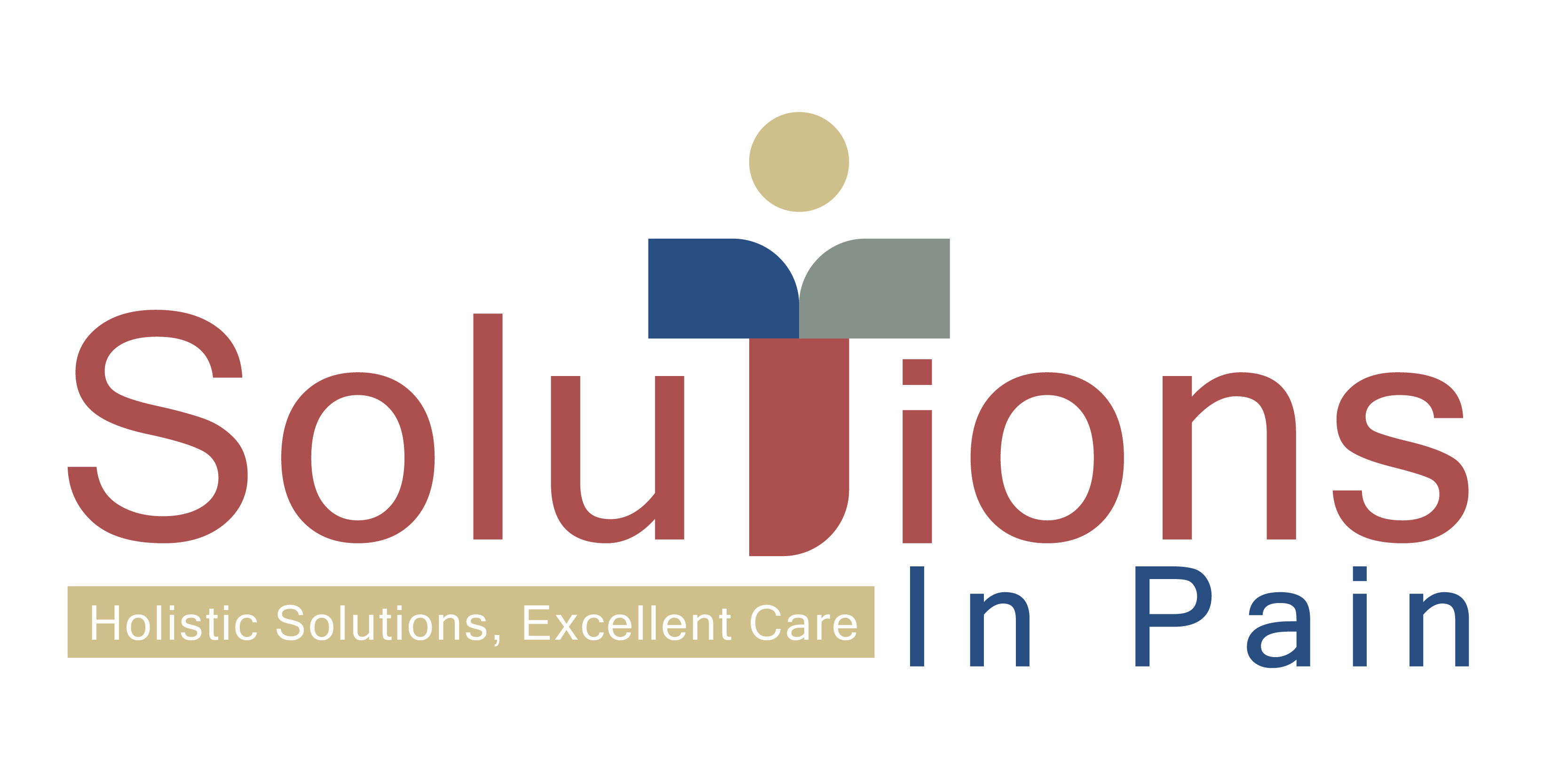Peripheral Nerve Stimulator (PNS)
However, chronic pain like all pain is reliant on the intimate communication between the nerves and our brain. However, these pain signals that travel along the nerves in our spine & body can be treated with excellent precision & efficacy by interrupting or blocking the communication of pain signals associated with chronic pain. Therefore our clinic through the courtesy of cutting edge medical device companies offers the the surgical implantation of a Peripheral Nerve Stimulator (PNS): a pace-maker like device (*similar, but different to an SCS or DRGS) that is implanted under the skin which through neuromodulation is able to deliver mild electrical impulses which can substantially reduce the pain of those suffering from chronic pain. Moreover, the device has remote control capabilities allowing patients to control their pain with remarkable precision using the flexible intensity & location parameters of the device.
What To Expect From Your Procedure
A. Preoperative Phase
● We will perform preoperative assessment and order psychiatric clearance at which point you will be referred to a psychiatrist who will evaluate your medical history, family history, psychological history, and history of substance abuse if relevant. Furthermore, the psychiatrist will ask you questions regarding your chronic pain, how it impacts your everyday life, and how the pain has affected you both physically & emotionally.
B. Trial Phase
● You will arrive at our clinic 15 minutes prior to your appointment with a designated driver where we will educate you at length on the benefits & risks of the procedure. After this discussion we will then have you sign a consent form and you will subsequently be positioned in preparation for the procedure.
● Chloraprep will then be used to clean the procedural site & surrounding skin to help decrease chances of infection. The procedure site will then be identified under fluoroscopic guidance. Once the site is appropriately identified an injection of a numbing medication called lidocaine will be administered to numb the procedural site & surrounding skin. Then trial electrodes will then be introduced into the procedure site via small needles which are then connected to an external battery and programmer. You will then be observed for an additional 10-15 minutes following completion of the procedure to ensure your safety. After you have been monitored you will then be provided device use/care as well as wound care discharge instructions from your provider along with a prescription for a short course prophylactic antibiotic. Following discharge education you will then be scheduled for postoperative follow up by our staff. Trial phase is 5-7 days in duration.
C. Implantation Phase
● At the date of your postoperative follow up visit you will be thoroughly evaluated regarding your experiences with respect to the trial phase. If you had positive experiences with substantial pain relief during the trial phase we will recommend proceeding with the implantation phase. At which point you may decide whether or not to move forward with permanent implantation at our surgical center.
● You will arrive at our surgical center 15-30 minutes prior to your appointment with your designated driver where we will educate you at length on the benefits & risks of the procedure. After this discussion we will then have you sign a consent form as well as other necessary documentation and you will subsequently be positioned in preparation for the procedure. Following implantation you will be discharged with device use/care and wound care discharge instructions along with any postoperative medications at the discretion of your provider.


